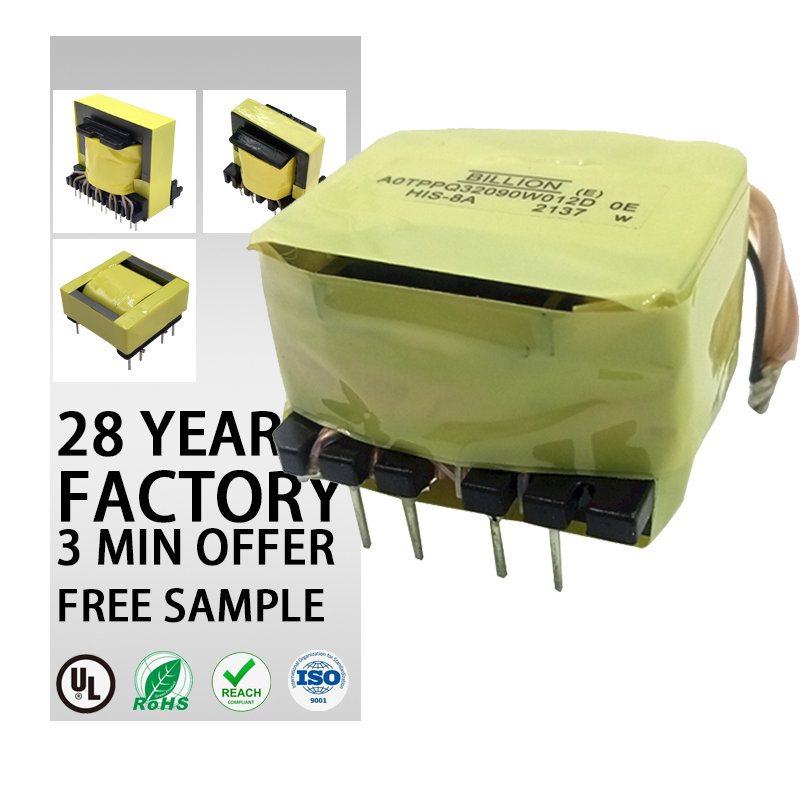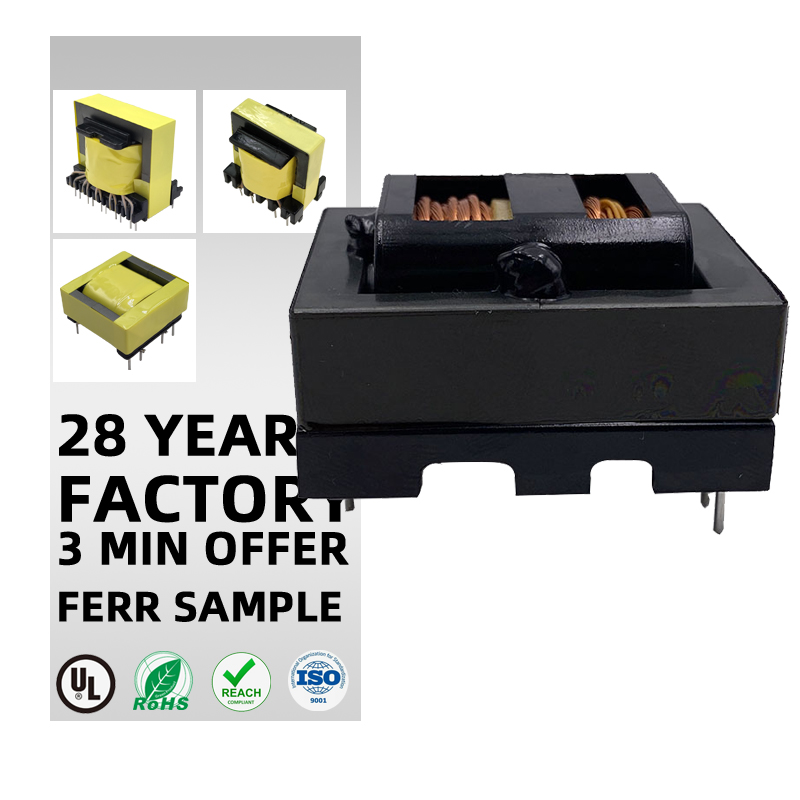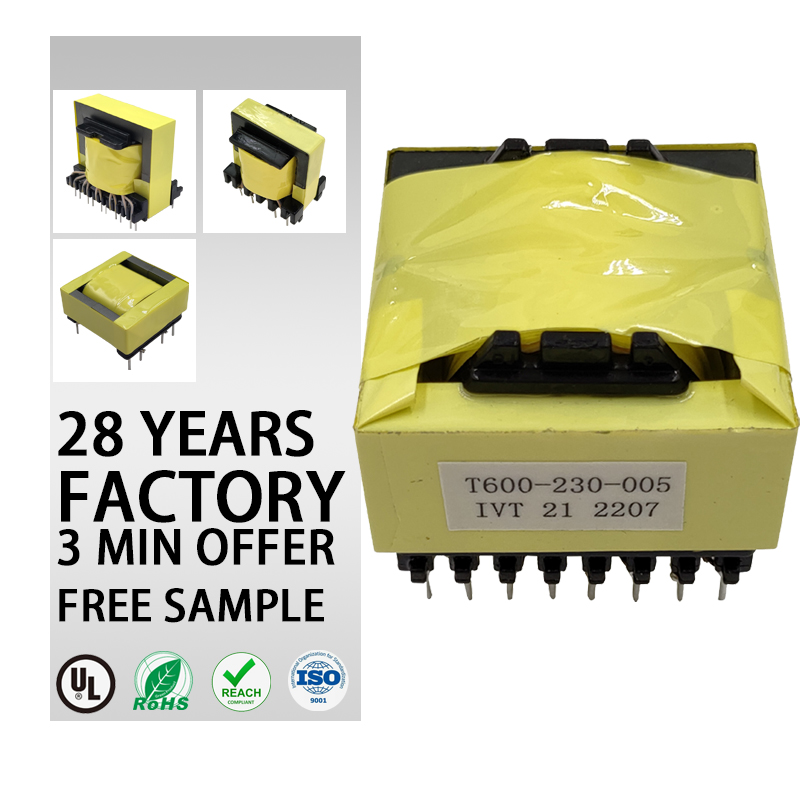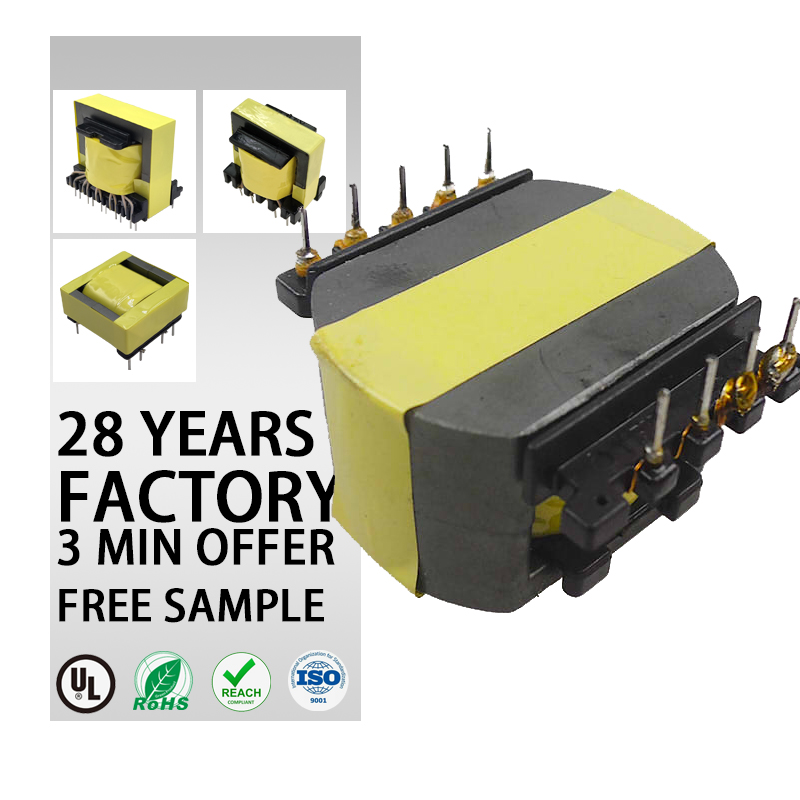How is a pulse transformer different from other transformer?
2024-07-10
A pulse transformer differs from other types of transformers in several key aspects, including design, function, and applications. Here's a detailed comparison highlighting the main differences:
1. Purpose and Function
Pulse Transformer:
- Function: Specifically designed to transmit electrical pulses with high fidelity and minimal distortion. These pulses typically have very short duration and fast rise and fall times.
- Applications: Commonly used in applications requiring precise timing and isolation, such as gate drive circuits for power semiconductor devices (e.g., MOSFETs, IGBTs), signal transmission in communication systems, and pulse width modulation (PWM) controllers.
Other Transformers (e.g., Power Transformers, Isolation Transformers):
- Function: Primarily designed for the continuous transfer of AC power at various voltage levels, providing voltage step-up, step-down, or electrical isolation.
- Applications: Used in power distribution systems, electrical grid infrastructure, and general-purpose electrical isolation.
2. Frequency Range
Pulse Transformer:
- Frequency Range: Designed to operate efficiently at high frequencies, typically ranging from a few kilohertz (kHz) to several megahertz (MHz). Capable of handling fast transient pulses with rapid rise and fall times.
- Response Time: Has a very fast response time to accurately reproduce pulse waveforms.
Other Transformers:
- Frequency Range: Generally operate at lower frequencies, such as 50/60 Hz for power transformers or a few kHz for audio transformers. They are not optimized for high-frequency or fast transient applications.
- Response Time: Slower response time compared to pulse transformers, making them unsuitable for high-speed pulse applications.
3. Core Material and Design
Pulse Transformer:
- Core Material: Uses high-permeability, low-loss materials such as ferrite cores to minimize energy loss at high frequencies and respond quickly to changes in current.
- Winding Design: Winding configurations are optimized to minimize leakage inductance and parasitic capacitance, which can distort high-frequency pulses.
Other Transformers:
- Core Material: Typically use laminated silicon steel or other materials suitable for low-frequency operation. The core material is chosen to minimize hysteresis and eddy current losses at lower frequencies.
- Winding Design: Designed to handle continuous AC signals and higher power levels, with a focus on efficiency and thermal management rather than minimizing high-frequency parasitics.
4. Size and Power Handling
Pulse Transformer:
- Size: Generally smaller and more compact due to their specialized design for handling short-duration pulses and high frequencies.
- Power Handling: Not designed to handle large amounts of continuous power. They are optimized for signal transmission rather than power transfer.
Other Transformers:
- Size: Can be quite large, especially power transformers used in grid infrastructure, as they need to handle significant power levels and ensure efficient thermal dissipation.
- Power Handling: Designed to handle continuous high power levels, typically ranging from a few watts to several megawatts, depending on the application.
5. Isolation and Safety
Pulse Transformer:
- Isolation: Provides galvanic isolation between input and output circuits, which is crucial for safety and preventing ground loops in high-speed electronic applications.
- Safety: Ensures safe transmission of high-frequency signals in sensitive electronic circuits.
Other Transformers:
- Isolation: Many transformers (e.g., isolation transformers) also provide galvanic isolation to enhance safety and reduce noise in electrical systems.
- Safety: Designed to ensure safe operation in power distribution and industrial applications, often with robust insulation and protective features to handle high voltage and current levels.
Summary
Pulse Transformer:
- Specialized for high-frequency, high-speed pulse applications.
- Designed with high-permeability cores and optimized windings for minimal distortion.
- Smaller and handles lower continuous power levels.
- Provides crucial timing and isolation functions in electronic circuits.
Other Transformers:
- General-purpose for AC power transfer and voltage transformation.
- Use materials and designs suitable for low-frequency and high-power applications.
- Typically larger and handle higher continuous power levels.
-
Ensure efficient power distribution and safety in various electrical systems.
E-MAIL: pxsales3@goldeneagle-cn.com
Phone: +86-18979985376
NAME: JUDY









